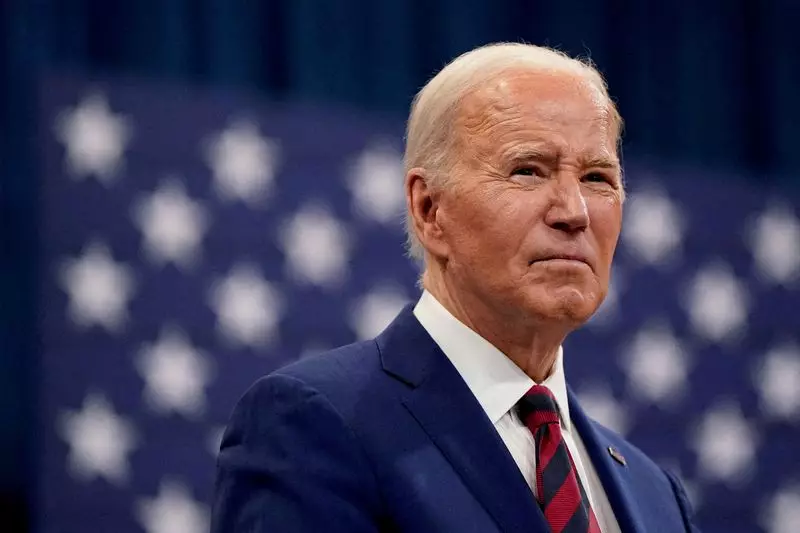The recent surge in U.S. inflation data has sparked a heated debate within the Federal Reserve regarding the timing of the first interest rate cut. Despite the growing expectations from investors for a rate cut at the Fed’s upcoming meeting in September, many top-level economists are predicting that the Fed will hold off on making any moves until after the presidential election. This delay could potentially create a collision course between the Fed’s monetary policy decisions and the political calendar.
A rate cut just seven weeks before Election Day would certainly put the spotlight on the Federal Reserve, which has a longstanding tradition of staying out of political debates. However, not cutting rates by then may also draw attention to the Fed’s decision-making process. The Fed officials have emphasized that their policy decisions are independent of political influences, including those related to incumbent President Joe Biden or former President Donald Trump.
Delay in Rate Cut
Despite initial projections indicating three rate cuts this year, the recent inflation data has led a growing number of Fed officials to suggest that there may not be a near-term move on interest rates. Many professional Fed watchers now believe that the Fed may miss the entire presidential election cycle in terms of rate cuts. This shift in expectations has caused several financial institutions to revise their predictions, with some pushing back the timeline for rate cuts to as far as 2025.
Analysts from JP Morgan, Bank of America, Jefferies, and Deutsche Bank have all adjusted their forecasts in light of the unexpected inflation readings. Bank of America economists, for example, believe that the Fed will not have the confidence to start cutting rates until December. This delay could have significant implications for the economy, as higher borrowing costs and persistent inflation could become key issues during the campaign season.
In response to the uncertainty surrounding the Fed’s rate cut timeline, President Biden has expressed confidence in the Fed’s baseline outlook for rate cuts this year. However, recent data indicators have cast doubt on the feasibility of this outlook. With the potential delay in rate cuts, Biden may find himself campaigning against the backdrop of a challenging economic environment, marked by higher borrowing costs and inflationary pressures.
The hot U.S. inflation data has introduced a level of uncertainty into the Federal Reserve’s decision-making process regarding interest rates. The potential collision course with the presidential election calendar has raised concerns about the Fed’s ability to maintain its independence from political influences. As the debate over a rate cut continues to unfold, the economic and political implications of these decisions will undoubtedly shape the course of the upcoming election season.

